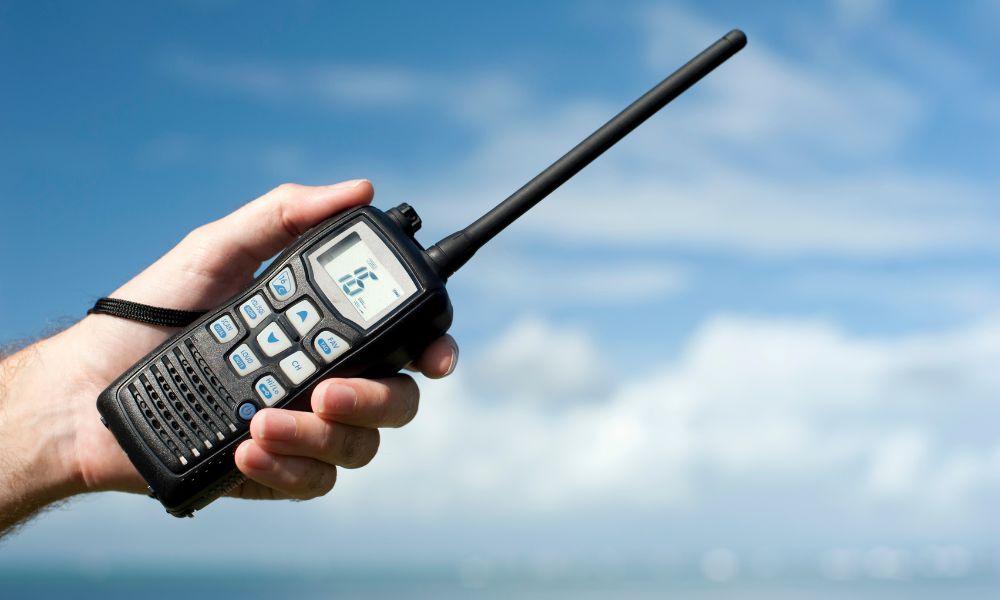
Countless businesses and individuals rely on private channel communications systems every day. However, many of these same companies and professionals aren’t using the best possible communication equipment. Read on to learn why two-way radios are better than walkie-talkies for commercial applications.
First, What’s the Difference?
Unfortunately, communication equipment manufacturers can market their radio products as either walkie-talkies or two-way coms based on their own preferences. For instance, any mobile or handheld two-way radio is technically a walkie-talkie, and any walkie-talkie with open-end two-way communications is technically a two-way radio. The true difference between these products is which frequencies each can access. Most walkie-talkies feature VHF channels between 118 and 136 MHz, while higher-quality two-way radios can access FCC-listened FRS/GMRS channels between 462 and 467 MHz. So while companies can market their products under either title, you should look out for GMRS-compatible devices, as these are actual two-way radios.
Advantage 1: Two-Way Radios Support Open Coms
Walkie-talkies are great options for individuals and non-commercial applications because they’re simple to operate. However, this push-to-talk communication system is inefficient in commercial environments where fast communication is vital. On the other hand, two-way radios can support completely open channels for direct contact. That means you and the receiver can have secure conversations without having to hold down a button.
Advantage 2: They Have Better Channel Security
Anyone in the United States can legally purchase and operate a VHF walkie-talkie communication device. As a result, VHF channels are quite crowded, more vulnerable to interference, and not secure for commercial applications. Conversely, the FCC monitors GMRS frequencies. The FCC is a government agency that regulates electromagnetic spectrum radio services to improve security and performance. So while operating a GMRS two-way radio does require a $35 FCC license, the 22 available GMRS channels are far better for secure and private communications than VHF frequencies.
Advantage 3: They’re Long-Term Investments
Two-way radios are often more expensive than VHF walkie-talkies, but these purchases are far better long-term investments for your business overall. In fact, a quality two-way communication device can perform adequately in commercial environments for up to a decade! Conversely, budget walkie-talkie products are very prone to damage and technical complications that eventually require replacements and additional expenses. There are plenty of entry-level two-way radios ideal for businesses of any size. Importantly, they’re all better investments than VHF devices.
Understanding why two-way radios are better than walkie-talkies ensures you make the ideal investment for your business. Support your staff’s communication capabilities by considering two-way devices instead of budget VHF options.
